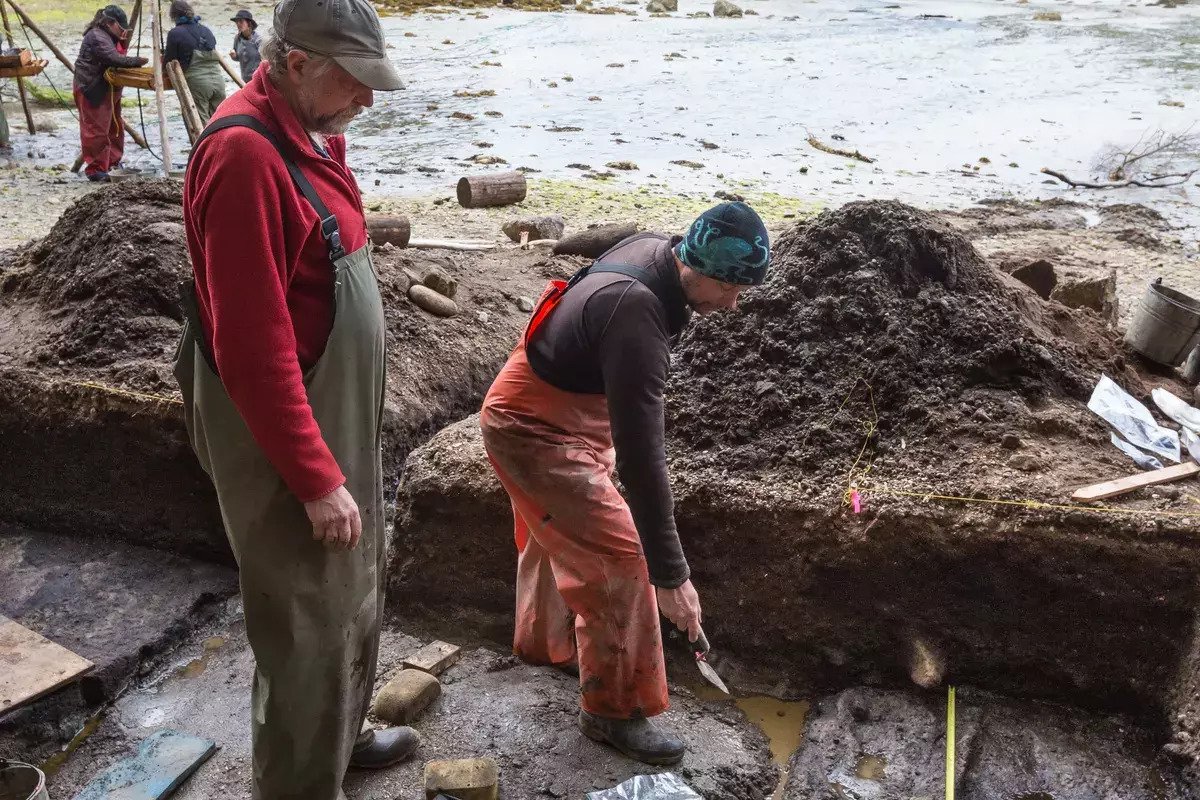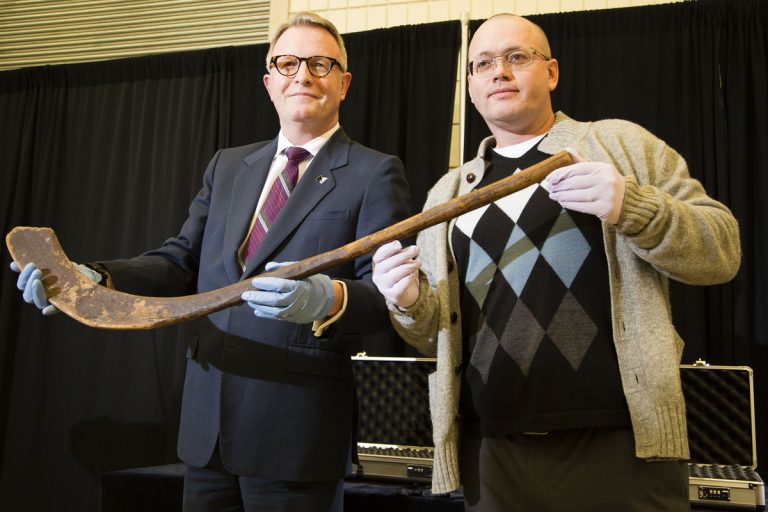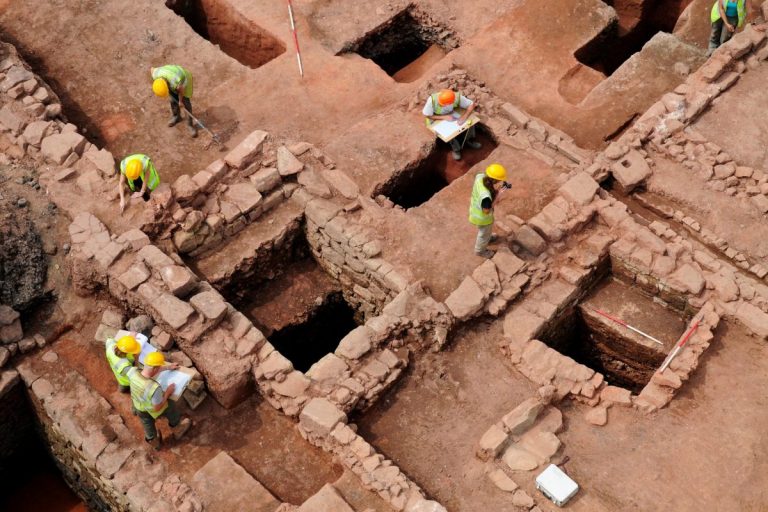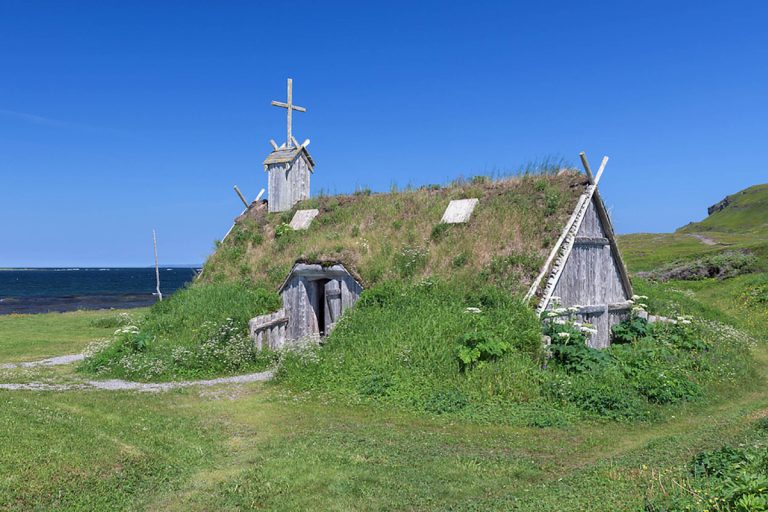Archaeology is a branch of science involving many theories and techniques of other disciplines, including anthropology, ethnology, sociology, history, biology, and geology.
It is classified as a collection of ideas, methods, and techniques for studying human behavior using physical remnants of past activities. Archaeologists define the cultures and individuals they research, which can happen anywhere.
One of the most challenging aspects of archaeology is analyzing the data gathered because a site is possible to have been inhabited successively by different groups of people. A stratigraphic evaluation and an assessment of the geographic variation of material remains are required to differentiate between periods and groups.
Archaeologists should always meticulously record and archive all observations since much of the evidence is severely damaged when excavating a site. Data must be meticulously recorded.
Human history in Canada spans 11,000 years, as evidenced by fossilized bones (archaeological resources) left by either one person or several people. Archaeologists use archaeological investigation and prosecution, research, and analysis to uncover clues that assist them in understanding the people who once lived on the land.
Archaeological treasures are abundant and diverse, representing the range of individuals and societies who migrated through or inhabited the region. Rock art, campsites, homesteads, fur buying and selling, military and industrial sites, and shipwrecks are all archaeological sites.
These resources reveal most of Canadian civilization, sometimes the sole or one of the few forms of evidence or documentation available.
Archaeological assets are non-renewable, which means they are physical proof of earlier urbanization that cannot be recreated if destroyed unintentionally or intentionally. These might be as small as an archaeological artifact, a campground, a petroglyph, a butchering site, a fishing station, or as complex as a trading post, farm, heritage trail, defense post, settlement, or even a former industrial site.
They may be observable, situated on the ground’s surface, buried deep below with no trace of their existence, or partially or fully submerged under a lake, river, or sea. Aircraft and shipwrecks are also cultural treasures.







+ There are no comments
Add yours